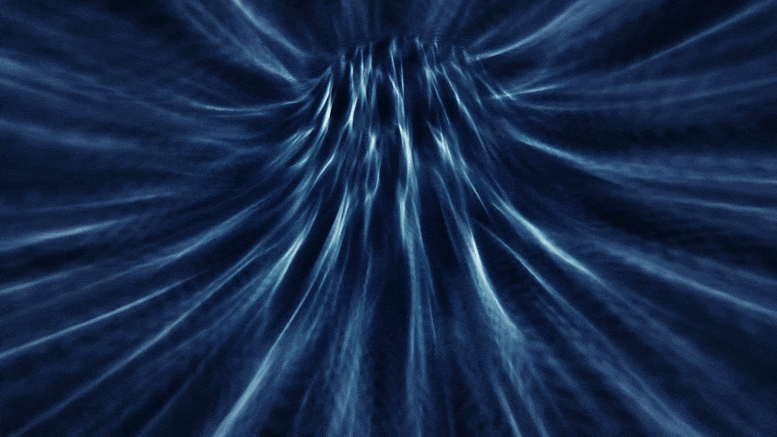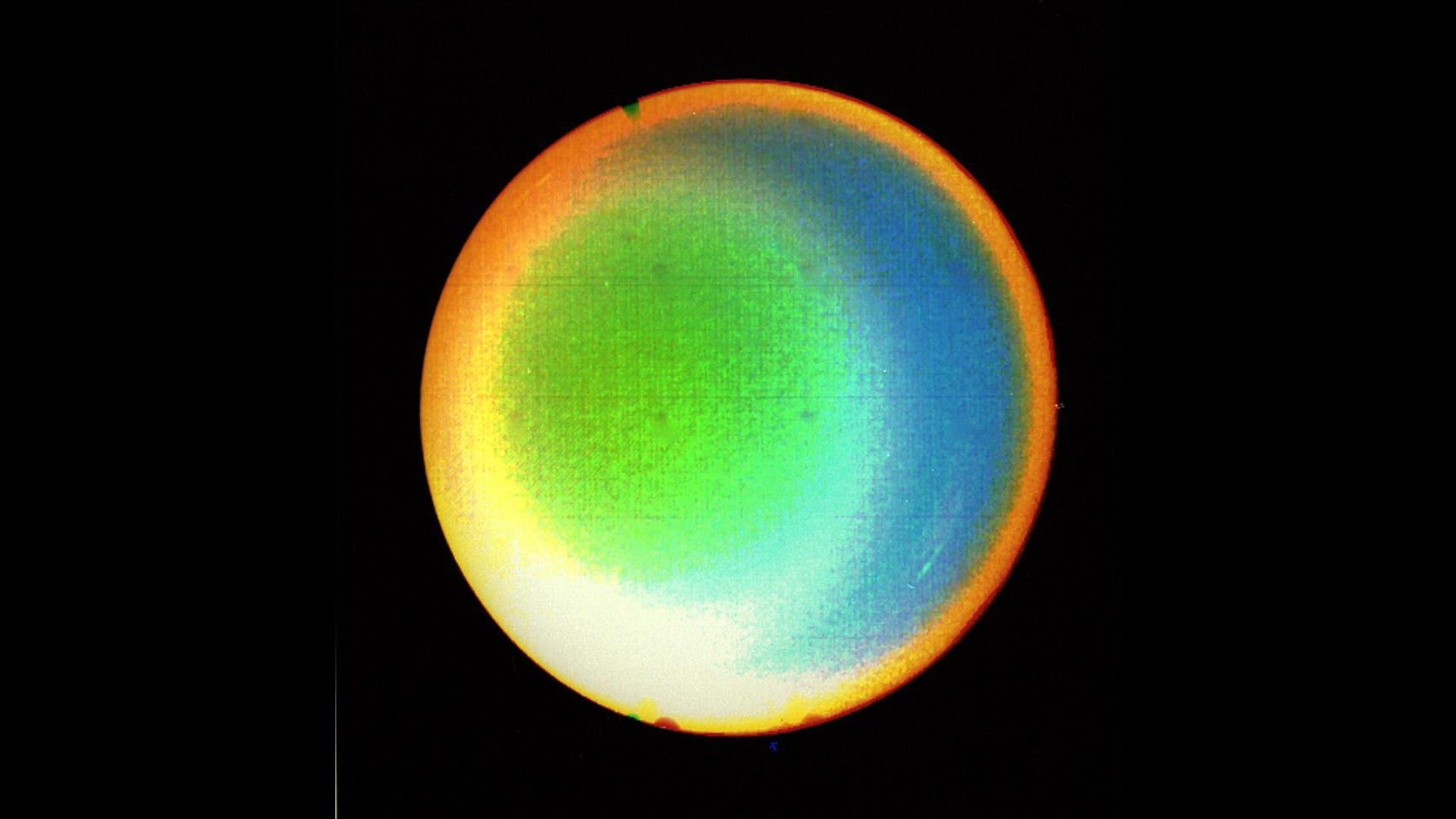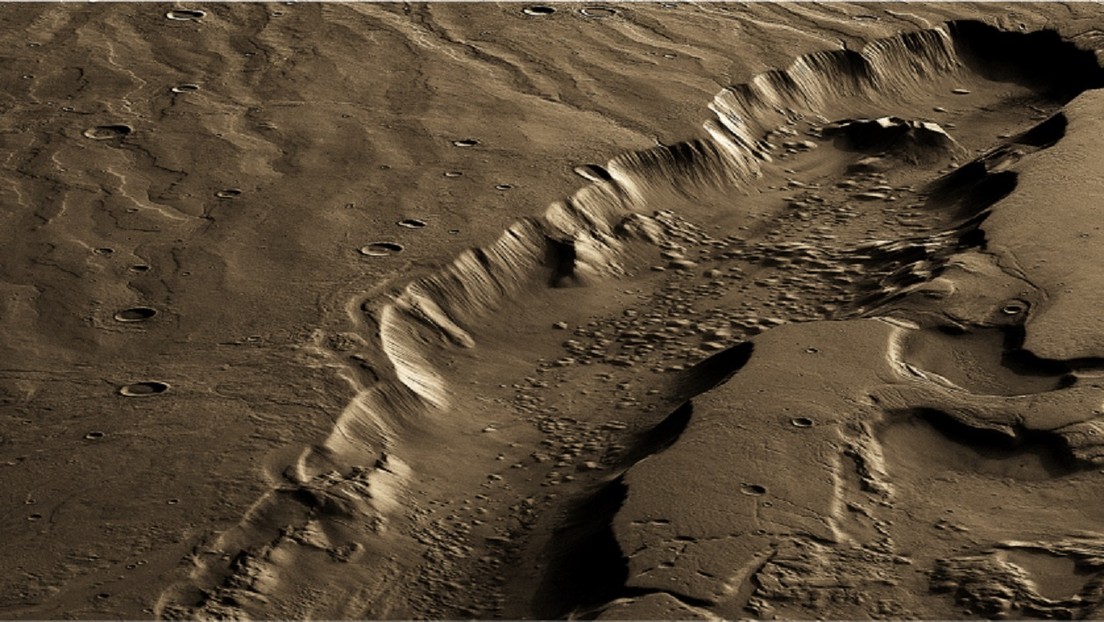Utilizando el Telescopio Espacial James Webb (JWST), los astrónomos han hecho el sorprendente descubrimiento de emisiones de metano provenientes de una enana marrón o «estrella fallida».
El descubrimiento sugiere que la enana marrón exhibe auroras e incluso podría estar orbitada por una exoluna no descubierta, dijeron los investigadores.
El descubrimiento de la enana marrón JWST es sorprendente, porque no se espera que estos mundos fríos y aislados sean lo suficientemente calientes como para que el metano emita luz infrarroja.
Estos descubrimientos son el resultado de un programa JWST para estudiar 12 enanas marrones. Sugieren que estas estrellas perdidas pueden generar auroras similares a las luces del norte y del sur de la Tierra, así como a las que se ven sobre Júpiter y Saturno. La ausencia de una estrella cerca de esta enana marrón solitaria puede significar que las auroras polares sobre ella son generadas por una luna activa oculta.
Relacionado: El Telescopio Espacial James Webb detecta un indicio de una misteriosa aurora sobre la 'estrella perdida'
El equipo de estudio estudió la enana marrón fría CWISEP J193518.59–154620.3 (W1935), ubicada a 47 años luz de la Tierra. Aunque la masa de W1935 está poco limitada, oscilando entre 6 y 35 veces la de Júpiter, se sabe que tiene una temperatura superficial de aproximadamente 400 grados Fahrenheit (204 grados Celsius). Esta es aproximadamente la temperatura a la que hornearías galletas con chispas de chocolate (¿brownies fallidos?).
«Se espera gas metano en planetas gigantes y enanas marrones, pero normalmente lo vemos absorbiendo luz, no brillando», dijo Jackie Faherty, líder del equipo y líder educativo del Museo Americano de Historia Natural. dijo en un comunicado. «Al principio estábamos confundidos acerca de lo que estábamos viendo, pero finalmente se convirtió en pura emoción por el descubrimiento».
¿Por qué fallan algunas estrellas?
Las enanas marrones reciben su desafortunado apodo de «estrellas fallidas» porque, aunque se formaron directamente a partir de una nube de gas y polvo que colapsa como una estrella, no tienen suficiente masa para desencadenar la fusión nuclear de hidrógeno en helio en su núcleo.
Este es el proceso que define lo que es una estrella de secuencia principal, por lo que las enanas marrones –que tienen masas mayores que las de los planetas más grandes pero más pequeñas que la estrella más pequeña– técnicamente “no logran” alcanzar este estatus.
Faherty y sus colegas estaban observando varias enanas marrones con JWST cuando notaron que W1935 era similar, pero con una diferencia intrigante: emite metano, algo nunca antes visto alrededor de una estrella fallida.
El modelado de W1935 reveló que esta enana marrón en particular también exhibe lo que se llama una «inversión de temperatura». Este es un fenómeno en el que la atmósfera de un planeta se enfría a niveles más profundos. Esto es algo que suele verse en planetas que orbitan estrellas que calientan sus atmósferas de arriba a abajo, pero no se esperaba para W1935 porque la enana marrón está aislada y no hay ninguna fuente de calor externa.
«Nos quedamos gratamente sorprendidos cuando el modelo predijo claramente una inversión de temperatura», dijo en el comunicado Ben Burningham, miembro del equipo y científico de la Universidad de Hertfordshire. «Pero también tuvimos que descubrir de dónde venía este calor extra en la atmósfera superior».
Para resolver este misterio, el equipo estudió más cerca de casa a los gigantes gaseosos del sistema solar, Júpiter y Saturno. Ambos gigantes gaseosos emiten metano y ambos tienen atmósferas que demuestran una inversión de temperatura.
Para Júpiter y Saturno, la causa de las emisiones de metano y la inversión de temperatura son las auroras boreales, lo que llevó a Faherty y al equipo a concluir que esto es lo que el JWST había detectado alrededor de W1935. La gran pregunta es: ¿qué está impulsando el inicio de W1935?
Esto es un problema porque el viento solar (el flujo de partículas cargadas del sol) es el principal impulsor de las auroras en Júpiter, Saturno y la Tierra. Estas cargas chocan con los campos magnéticos de los planetas y viajan a lo largo de las líneas de campo, interactuando con las partículas de la atmósfera. Esto calienta las capas superiores de la atmósfera y provoca la emisión de luz cerca de los polos del planeta. Sin embargo, sin una estrella anfitriona que azote a W1935 con vientos estelares, este proceso no puede ser el principal impulsor de la aurora de la enana marrón solitaria.
Sin embargo, las auroras de Júpiter y Saturno tienen un impulsor secundario menor, en forma de partículas cargadas que fluyen hacia los gigantes gaseosos siguiendo a sus lunas activas que arrojan material al espacio. Por ejemplo, Io, la luna de Júpiter, es el cuerpo más volcánico del sistema solar, y arroja lava a decenas de kilómetros al espacio, mientras que Encelado, la luna de Saturno, arroja géiseres al espacio que contienen vapor de agua y otros materiales que se congelan y burbujean simultáneamente cuando entran en contacto con el espacio.
Así, la aurora de W1935 sin estrella ni viento estelar indica que la enana marrón podría estar orbitada por una luna activa.
Relacionado: ¿Son exlunas o no? Los científicos debaten la existencia de las primeras lunas observadas más allá de nuestro sistema solar
Se necesitarán más pruebas antes de que los científicos puedan confirmar por primera vez la existencia de una luna enana marrón. Hasta entonces, estos primeros indicios proporcionan información sobre la influencia del JWST desde que comenzó a enviar sus observaciones del universo a la Tierra en el verano de 2022.
«Cada vez que un astrónomo apunta con el JWST a un objeto, existe la posibilidad de realizar un nuevo descubrimiento sorprendente», concluyó Faherty. «Las emisiones de metano no estaban en mi radar cuando comenzamos este proyecto, pero ahora que sabemos que pueden estar ahí y la explicación es tan atractiva, estoy buscándola constantemente. Es parte de la forma en que avanza la ciencia».
La investigación del equipo fue publicado hoy (17 de abril) en la revista Nature.
















